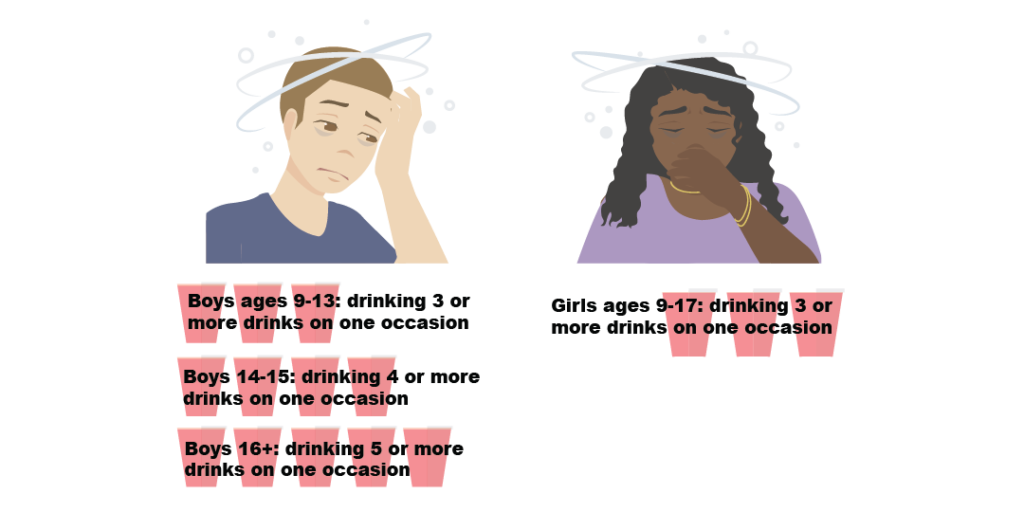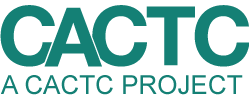What is considered binge drinking for teens?
Binge drinking is a word we often hear, and use, but many of us might not understand what binge drinking actually is. As parents—it’s important to know that binge drinking can look and mean something very different for your older teens than it does for adults.
While most 11th and 12th graders in Cortland County are not binge drinking (or drinking at all!) educating teens in this age group prior to graduating, and before they may start binge drinking, can arm them with the tools they need to understand what it actually means to binge drink when they enter college or the workforce.
Since it is unethical to conduct studies on BAC for people under 21, researchers have used mathematical models that estimate BAC to determine what binge drinking looks like for youth.

- Boys ages 9-13: drinking 3 or more drinks on one occasion
- Boys 14-15: drinking 4 or more drinks on one occasion
- Boys 16+: drinking 5 or more drinks on one occasion
- Girls ages 9-17: drinking 3 or more drinks on one occasion
So the estimates we’ve always been taught actually overestimate what binge drinking for teen girls and boys under age 16 looks like. Make sure your teen knows what binge drinking actually means for teens.
What are the consequences of binge drinking?
The recent Cortland County Youth Survey brought to light alarming statistics about the prevalence and consequences of this behavior among 11th-12th graders.
The survey revealed a clear correlation between binge drinking and negative outcomes. Compared to non-binge drinkers, teens who engage in binge drinking reported higher rates of problems at school or work (9.1% vs. 4.3%), issues with friends (12.7% vs. 7.9%), and difficulties with dating partners (18.2% vs. 8.5%).
Binge drinkers were also more likely to experience physical health impacts, such as hangovers (36.4% vs. 17%) and sickness or vomiting (38.9% vs. 15.6%). Worryingly, binge drinkers also reported higher instances of regrettable situations (21.8% vs. 7.8%) and even blackouts (29.1% vs. 12.1%).
These figures underscore the critical need for us as parents to educate our teens about the dangers of binge drinking. Open conversations about the risks, establishing trust and understanding, and providing support when they face peer pressure can help guide them to make safer choices.



